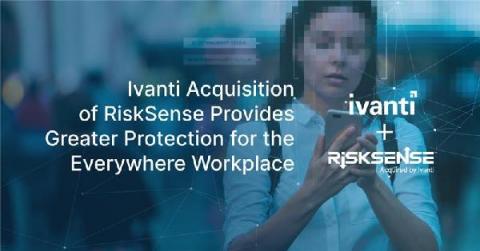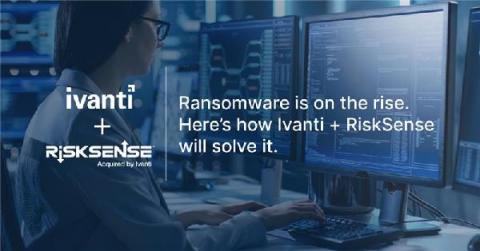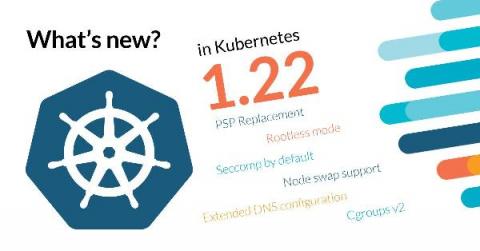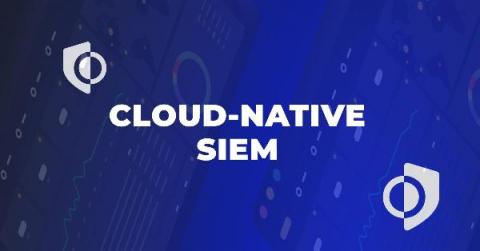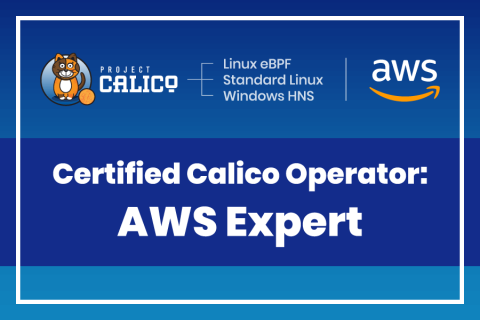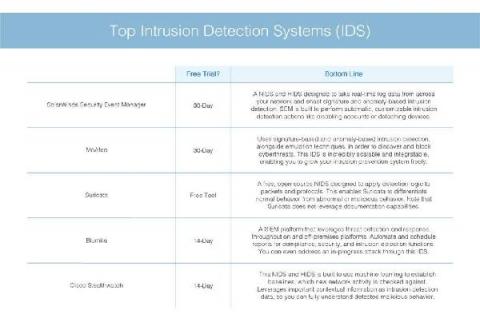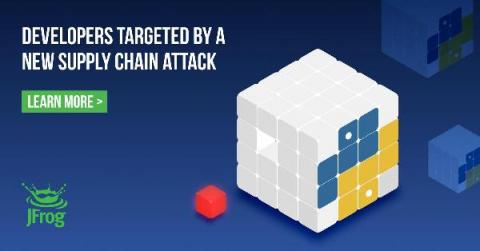Ivanti Acquisition of RiskSense Provides Greater Protection for the Everywhere Workplace
If you have been watching Ivanti this year, you have seen that we are delivering on our commitment to make the Everywhere Workplaces possible by providing our customers more robust solutions to discover, manage, secure and service their IT assets. We have been doing this organically, we rolled out our Ivanti Neurons hyper-automated platform last July, and we have also added to the platform’s capabilities and value with acquisitions.


